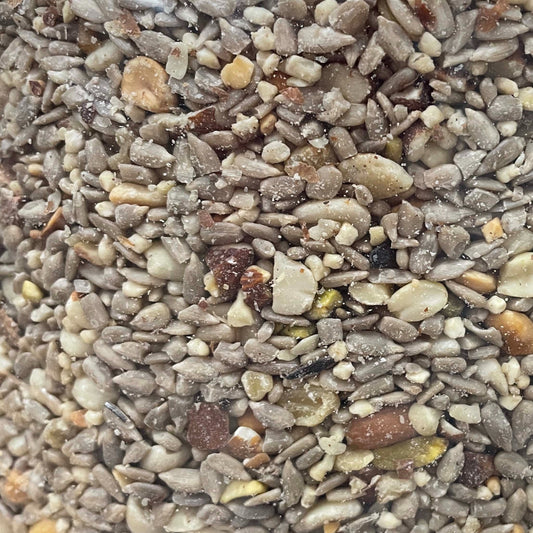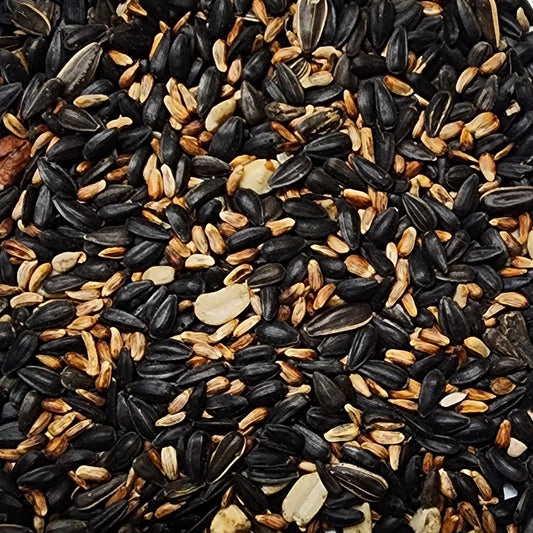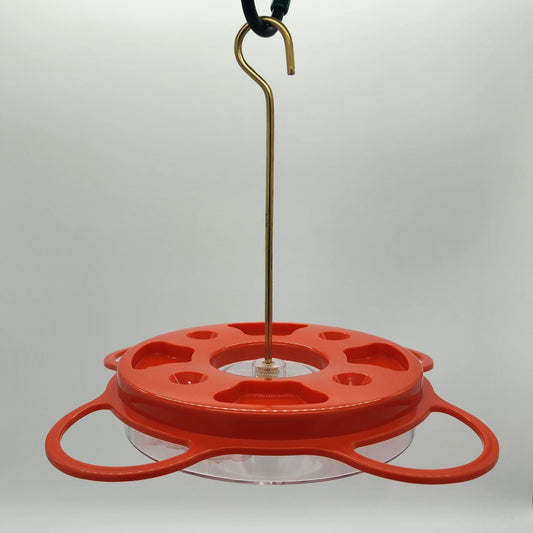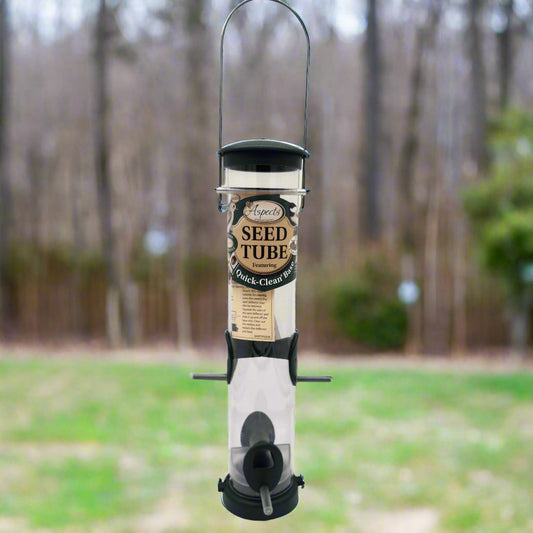Grey Catbird
 The Gray Catbird ( Dumetella carolinensis ) is entertaining to watch as it works its way through the tangled web of brush and vines. Usually found in damp areas, it is picking through leaf litter for insects and berries.
The Gray Catbird ( Dumetella carolinensis ) is entertaining to watch as it works its way through the tangled web of brush and vines. Usually found in damp areas, it is picking through leaf litter for insects and berries.
Upon discovering me, his search is inter- rupted and he lets out his distress call; a sharp “MEEEOOOW” from which he gets his name. Flicking his tail nervously as he hops about, I can see the rusty colored feathers under his tail. His black cap, tail and eye contrast nicely with the slate gray body, he is the only eastern bird of this coloring. Now another “MEEEOOOW” and he flies out of the brush, across the yard to the top of another tangle.
He throws his head back and sings a beautiful melodious song borrowing notes from other local birds, rambling on never repeating the same series. Then it dips back down in the brush, continuing its search for food. The only neo-tropic member of the mimadae family (mimics), catbirds generally return to our area in mid to late April.
A catbird’s low nest (2 to 10 feet above the ground) is an easy target for cowbirds. Luckily, catbirds have evolved to recognize cowbird eggs and generally pierce them and eject them from their nest. One theory is that the catbirds dark blue-green eggs make spotting the light spotted cowbird eggs easy.
While catbirds will visit your oriole feeder for a taste of grape jelly, the key to attracting catbirds to your yard is the presence of tangled underbrush and vines. These areas are far too often cleared out of the urban landscape. If you have left a “wild” patch, you may also enjoy the catbird’s “MEEEOOOW” in your yard.
By John Burwell
Mark's Spotlight
-
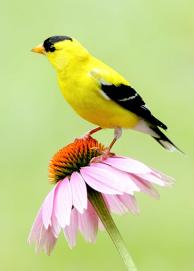
American Gold Finch
Read more about the American Goldfinch -
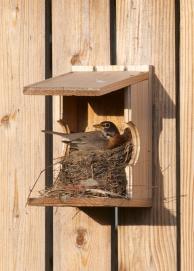
American Robin
Read more about the American Robin -
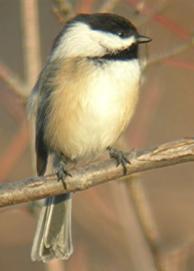
Black-Capped Chickadee
Read more about the Black-Capped Chickadee -
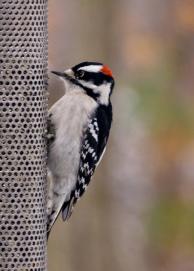
Downy Woodpecker
Read more about the Downy Woodpecker -
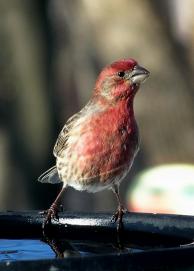
House Finch (Male)
Read more about House Finch -
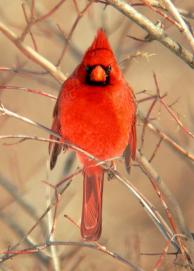
Northern Cardinal
Read More about Northern Cardinal
Shop Now!
-
Mark's No-Waste Blend™
Regular price From $15.99 USDRegular price -
Boardwalk Blend™
Regular price From $8.99 USDRegular price -
NP1009 OrioleFest
Regular price $29.99 USDRegular price -
Multi-Seed Tube Feeders w/Quick-Clean® Bases
Regular price From $59.99 USDRegular price







